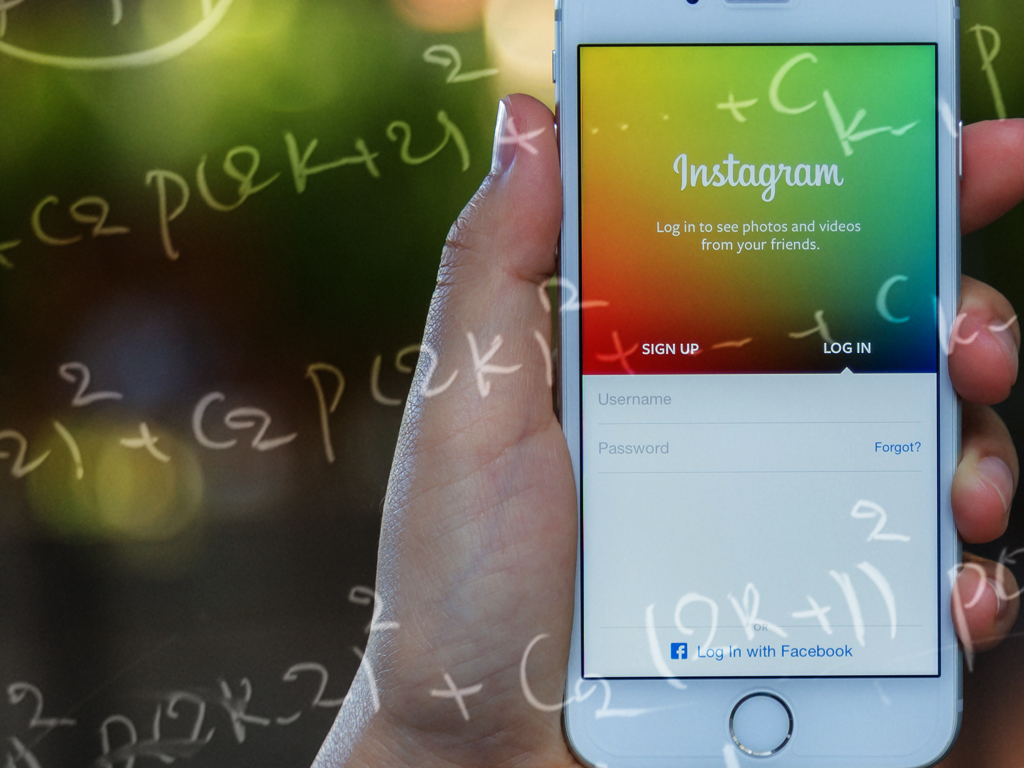Facebook is rolling out changes to its news feed algorithm in a bid to reduce “overly promotional” posts. The changes followed a user survey that revealed people felt there was too much promotional content in their news feeds from pages they had liked. With the changes due to roll out this month, how can brands ensure they maintain an enduring reach?
When Facebook announced changes to its news feed in November, it was swiftly followed by a wave of commentary publicizing the end of organic reach. It’s little wonder that more than a few experts predicted a rising budgets for paid media in our 2015 social media predictions post.
The social network insists that the changes are an effort to improve the overall experience for users. What are the three kinds of posts Facebook says are too promotional?
- Posts that solely push people to buy a product or install an app.
- Posts that push people to enter promotions and sweepstakes with no real context.
- Posts that reuse the exact same content from ads.
Facebook’s new algorithm will filter out such content deemed to be of lesser value.
Here’s a typical example of the kind of promotional post users won’t be seeing in their feeds any longer:

And the kind that doesn’t directly encourage a purchase, and instead offers a invitation to engage:

(Source: FalconSocial)
The Implications For Brands?
Brands that are already winning a great deal of audience engagement, will be affected the least by the changes. Creative brands that conduct standout campaigns and focus on engagement are exactly the kind of the brand that the algorithm will likely benefit.
So what factors separate the brands doing well, and those the algorithm changes are giving a kick up the proverbial?
6 Ways Brands Can Maximize Facebook Organic Reach
1. Get Creative
Facebook is a social platform. That means reach is tied to engagement levels. Posts that illicit the most shares, likes, or comments are invariably the ones that see the biggest gains.
So get creative and give your users a reason to engage. Ask questions, provide tips, recipes, or host polls. In short, add value to your posts and give users a reason to like and share.

(This post from National Geographic gives a strong incentive for users to comment and share.)
2. Observe & Listen To Your Consumers
Facebook is an outstanding resource for unbiased data about what your consumers and thinking and feeling. Social listening will enable you to gauge the mood and sentiment of your users, as well as inform you as to the topics and content they are most interested in. Don’t underestimate its usefulness!
3. Find Your Social Media Voice
The voice of your brand’s PR and marketing isn’t the same as the one that should be heard on social media. Social media is where you can talk and engage with your consumers. Speak in their language, but maintain the identity of the brand, and find your brand’s own unique voice.
4. Use Posts To Drive Users To Other Web Channels
Successful posts add value without intruding on the experience of those who aren’t interested. But what about those who want to find out more?
In addition to sending people to your own website, you can use posts to drive users to your presence on other platforms, such as YouTube. That way, you’re tapping into an audience you wouldn’t otherwise have access to, and complementing the performance of your other channels. 
(Social Fresh’s post links to a landing page with additional information.)
5. Have A Paid Budget
Paid advertising on Facebook still has a place within users’ news feeds. Contests, events, or ads that lead to a direct path of sale may now require a paid budget to be visible, but in certain cases it remains the best way to complement an organic campaign.
6. Be Social
This might seem obvious, but brands commonly make the mistake of merely churning out content on their own channels. Be a thought-leader, listen, and engage with users on other channels, not just on your own posts. Potentially, they’re your customers too!
Here’s the SlideShare version of the article (it’s downloadable!):


